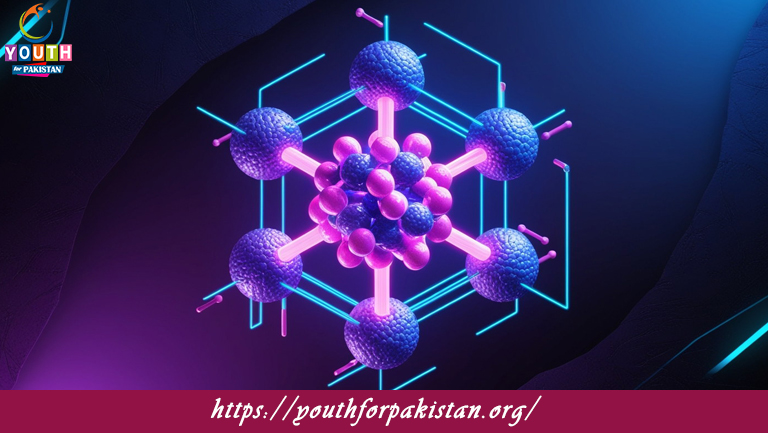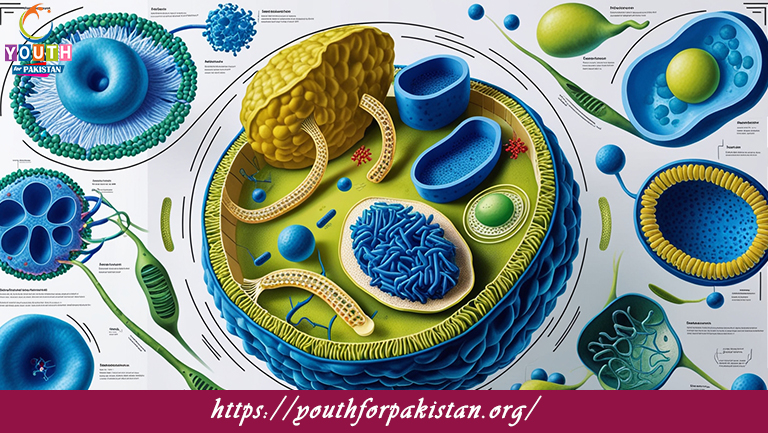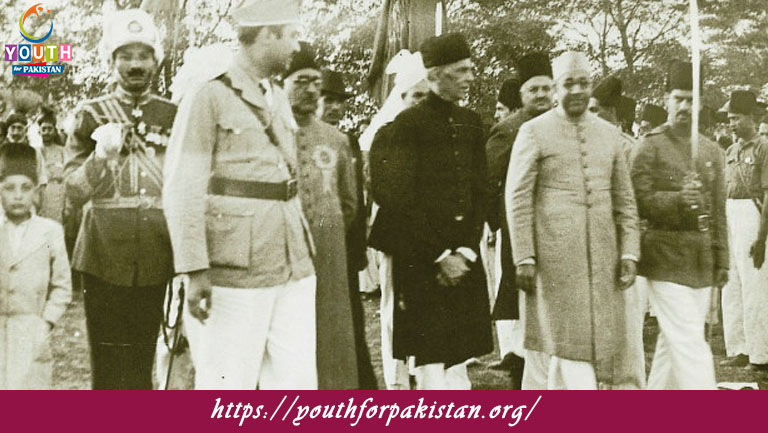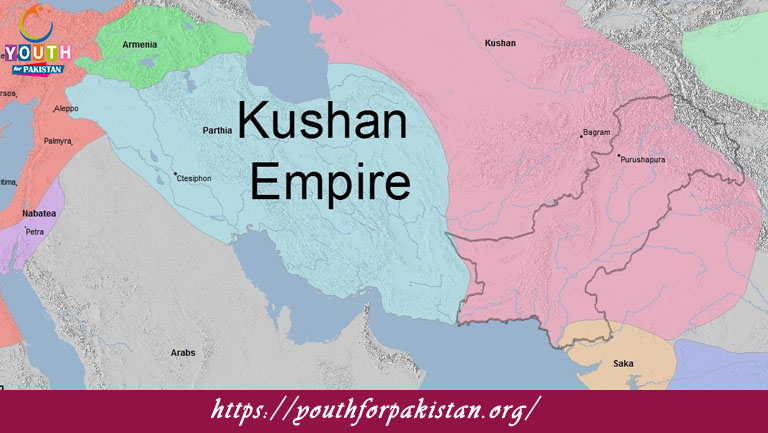Welcome to the Molecular Solids MDCAT MCQs with Answers. In this post, we have shared Molecular Solids Multiple Choice Questions and Answers for PMC MDCAT 2024. Each question in MDCAT Chemistry offers a chance to enhance your knowledge regarding Molecular Solids MCQs in this MDCAT Online Test.
Molecular solids are characterized by:
a) Strong covalent bonds between atoms
b) Weak van der Waals forces between molecules
c) Metallic bonding between atoms
d) Ionic bonding between ions
Which of the following is an example of a molecular solid?
a) Diamond
b) Sodium chloride
c) Ice (H₂O)
d) Iron
Molecular solids typically have:
a) High melting points
b) Low melting points
c) High electrical conductivity
d) High thermal conductivity
In molecular solids, the forces holding the molecules together are:
a) Ionic bonds
b) Covalent bonds
c) Metallic bonds
d) Van der Waals forces
Which property is least likely to be observed in molecular solids?
a) High electrical conductivity
b) Low melting points
c) Brittle nature
d) Solubility in nonpolar solvents
Molecular solids with hydrogen bonding typically have:
a) Low melting points
b) High melting points
c) High electrical conductivity
d) Low solubility in water
The structure of molecular solids is generally:
a) Amorphous
b) Crystalline
c) Metallic
d) Liquid
Which of the following molecular solids exhibits a network structure?
a) Table salt
b) Graphite
c) Ice
d) Sulfur dioxide
Which type of molecular solid is formed by substances with nonpolar molecules?
a) Hydrogen-bonded solids
b) Covalent network solids
c) London dispersion solids
d) Ionic solids
Molecular solids are generally poor conductors of electricity because:
a) They have mobile ions
b) They have mobile electrons
c) They lack free-moving electrons or ions
d) They are metallic
Which of the following is a property of molecular solids?
a) Malleability
b) High melting points
c) Low melting points
d) High density
In which type of molecular solid are dipole-dipole interactions significant?
a) Nonpolar molecular solids
b) Ionic solids
c) Polar molecular solids
d) Metallic solids
Which of the following molecules would likely form a molecular solid with hydrogen bonding?
a) Methane (CH₄)
b) Neon (Ne)
c) Ammonia (NH₃)
d) Argon (Ar)
Molecular solids can typically be dissolved in:
a) Ionic solvents
b) Nonpolar solvents
c) Metallic solvents
d) High-polarity solvents
The strength of intermolecular forces in molecular solids is generally:
a) Stronger than ionic bonds
b) Stronger than covalent bonds
c) Weaker than ionic and covalent bonds
d) Comparable to metallic bonds
Which molecular solid is an example of a solid with dipole-dipole interactions?
a) Carbon dioxide (CO₂)
b) Water (H₂O)
c) Methane (CH₄)
d) Helium (He)
In molecular solids, the lattice energy is usually:
a) High
b) Low
c) Variable
d) Zero
What type of molecular solid would you expect from a substance that exhibits strong hydrogen bonding?
a) A high-melting solid
b) A low-melting solid
c) A conductive solid
d) An amorphous solid
The molecular solid with a structure consisting of discrete molecules is:
a) Graphite
b) Diamond
c) Ice
d) Silicon carbide
The presence of which type of intermolecular force would lead to a higher melting point in a molecular solid?
a) London dispersion forces
b) Dipole-induced dipole forces
c) Hydrogen bonding
d) Van der Waals forces
Which of the following is a characteristic feature of molecular solids?
a) High density
b) High electrical conductivity
c) Low solubility in organic solvents
d) Low thermal and electrical conductivity
Which molecular solid would you expect to be soluble in water?
a) Methane (CH₄)
b) Ethanol (C₂H₅OH)
c) Argon (Ar)
d) Neon (Ne)
Molecular solids are typically:
a) Malleable and ductile
b) Brittle and easy to crush
c) Flexible and elastic
d) Ductile and conductive
The molecular solid with a crystalline structure but no long-range order is:
a) Quartz
b) Ice
c) Glass
d) Graphite
Which of the following substances would form a molecular solid with weak dispersion forces?
a) Iodine (I₂)
b) Oxygen (O₂)
c) Ammonia (NH₃)
d) Water (H₂O)
In which type of molecular solid are London dispersion forces the primary intermolecular force?
a) Nonpolar molecular solids
b) Polar molecular solids
c) Hydrogen-bonded solids
d) Ionic solids
Molecular solids with strong intermolecular forces are likely to have:
a) Low melting points
b) High melting points
c) High electrical conductivity
d) Low density
Which of the following molecular solids is typically used as a refrigerant?
a) Water
b) Carbon dioxide
c) Sodium chloride
d) Iron
Molecular solids are often:
a) Good conductors of electricity
b) Poor conductors of heat
c) High-density materials
d) Ductile and malleable
Which of the following molecular solids would exhibit the strongest hydrogen bonding?
a) Methane (CH₄)
b) Hydrogen chloride (HCl)
c) Water (H₂O)
d) Carbon dioxide (CO₂)
Which molecular solid would you expect to have the lowest melting point?
a) Ice
b) Sodium chloride
c) Iodine (I₂)
d) Diamond
Molecular solids that are polar generally:
a) Have low melting points
b) Have high melting points
c) Are insoluble in water
d) Exhibit high electrical conductivity
A molecular solid that exhibits dipole-dipole interactions would likely:
a) Be nonpolar
b) Have a low melting point
c) Have a high density
d) Be a good conductor
The solid form of a noble gas like argon is an example of:
a) An ionic solid
b) A covalent network solid
c) A molecular solid with London dispersion forces
d) A metallic solid
Molecular solids with hydrogen bonds generally form:
a) Flexible structures
b) Rigid and strong lattices
c) Amorphous solids
d) Conductive solids
The molecular solid with a structure consisting of discrete molecules, such as sulfur, is:
a) Graphite
b) Silicon dioxide
c) Sulfur
d) Diamond
In molecular solids, molecules are held together by:
a) Covalent bonds
b) Ionic bonds
c) Van der Waals forces
d) Metallic bonds
Molecular solids generally have:
a) High melting and boiling points
b) Low melting and boiling points
c) High electrical and thermal conductivity
d) High solubility in metals
Which of the following molecular solids would have a relatively high melting point?
a) Hydrogen chloride (HCl)
b) Water (H₂O)
c) Methane (CH₄)
d) Neon (Ne)
In a molecular solid, which intermolecular force is the weakest?
a) Hydrogen bonding
b) Dipole-dipole interactions
c) London dispersion forces
d) Ionic bonding
If you are interested to enhance your knowledge regarding Physics, Chemistry, Computer, and Biology please click on the link of each category, you will be redirected to dedicated website for each category.








